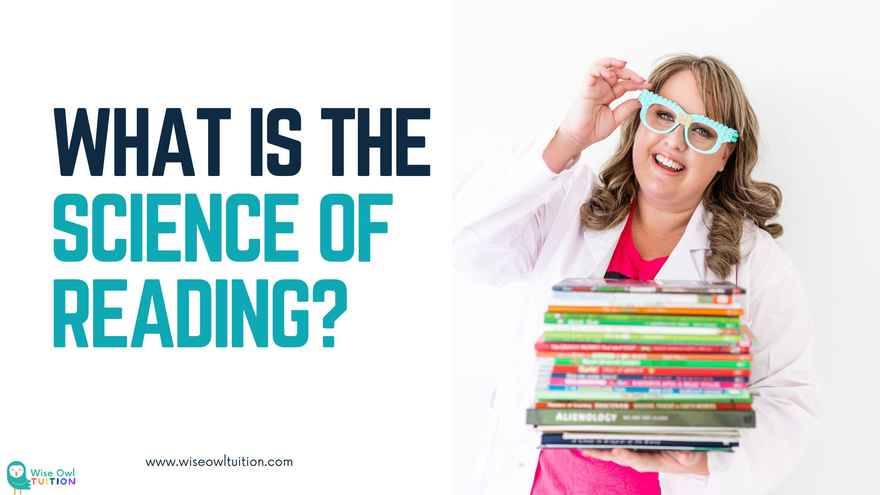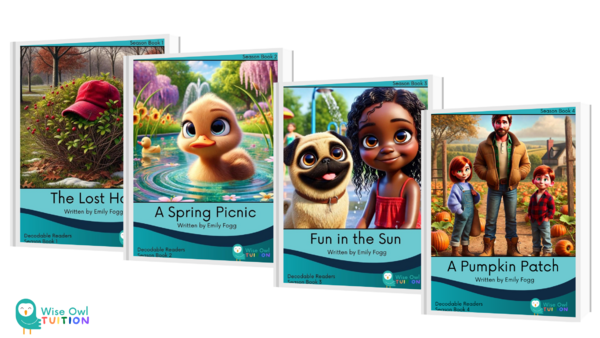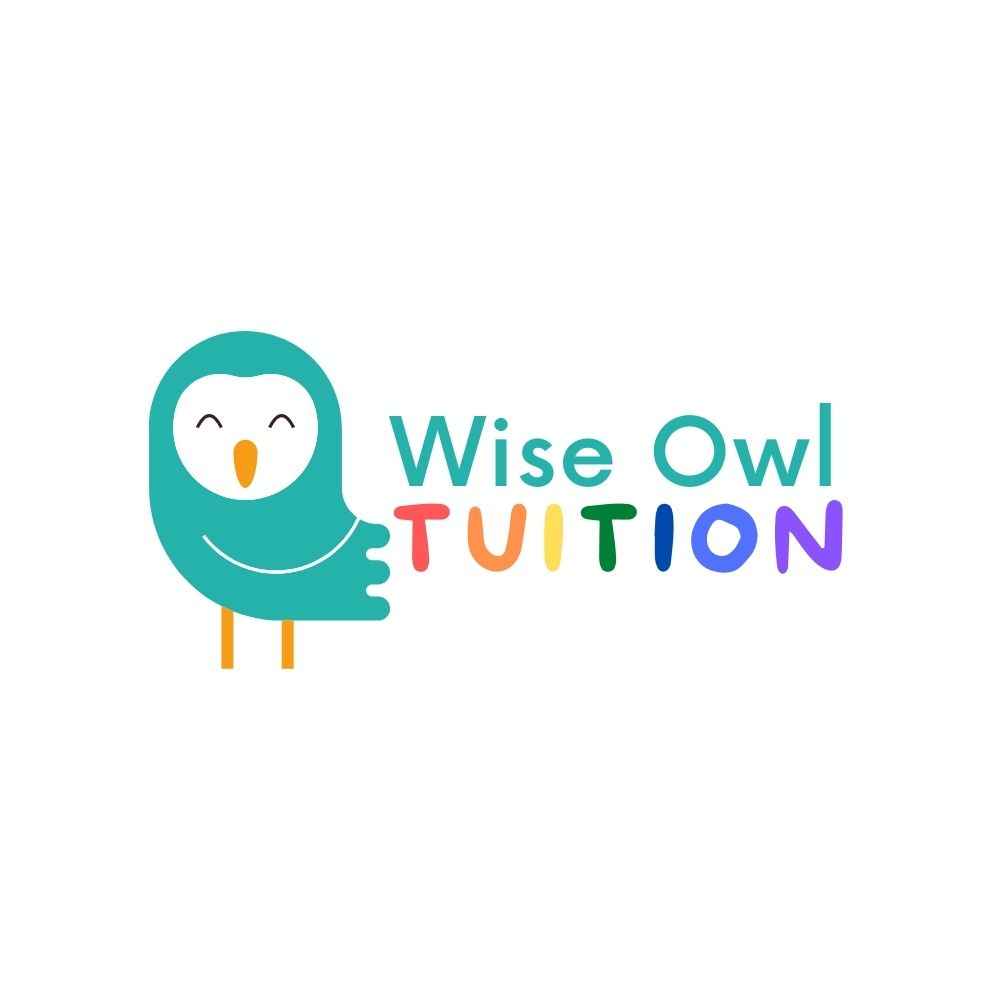What is the Science of Reading?

What is the Science of Reading?
Have you heard about the "Science of Reading" lately? If you're a parent or teacher, you've probably heard of this term, especially if you work with young children. Let's take a deep dive into what the Science of Reading is and why it's revolutionizing how we teach reading.
Definition: The science of reading is the evidence-based understanding of how reading skills develop and how best to teach them.
What Is the Science of Reading?
Simply put, the Science of Reading is a vast body of research that tells us how people learn to read. It brings together insights from psychology, neuroscience, linguistics, and education to help us understand how our brains read and, most importantly, how we can teach reading most effectively.
Think of the Science of Reading as a roadmap that shows us the most reliable path to reading success. Unlike traditional approaches that might have children guess words from pictures or context, the Science of Reading focuses on proven methods that work for all learners, including those with learning difficulties like dyslexia.

Why Is the Science of Reading Approach So Important?
Here's a concerning reality: many students struggle to become proficient readers by year 3 (or third grade for my US readers). A 2024 report from the Grattan Institute shows that in a classroom of 24 students, eight will struggle to read. An ABC News report says "A Grattan Institute report says one-third of Australia's 4 million school children are being failed by an education system that persists with discredited theories to teach reading. Students lacking reading skills are more likely to fall behind, disrupt class, and end up unemployed or jailed, costing the economy an estimated $40 billion over their lifetimes, the report concludes".

The good news? Most of these children aren't struggling to read because they can't learn – they're struggling because they haven't been taught in a way that matches how their brains are naturally wired to learn to read.
The Science of Reading changes this by focusing on five essential parts:
Science of Reading Strategies
1. Phonemic Awareness
This is like having "ear radar" for the individual sounds in words. When children develop this skill, they can hear that "cat" has three distinct sounds: /c/ /a/ /t/. They can identify words that rhyme, and they can manipulate sounds verbally. It's the foundation for everything that follows.
2. Phonics
Think of phonics as cracking the code of written language. Children learn that letters and groups of letters represent specific sounds. For instance, learning that the letter "m" makes the /m/ sound gives them a tool to decode new words.
3. Fluency
This is where reading becomes smoother and more natural. Instead of stumbling over each word, children start to read like they're having a conversation. It's the bridge between figuring out words and understanding their meaning.
4. Vocabulary
A rich vocabulary is like having a well-stocked toolbox for understanding. The more words children know, the better they can understand what they read and express their own thoughts.
5. Comprehension
This is the ultimate goal – understanding and engaging with what we read. It's where all the other skills come together to create meaning.

How Is the Science of Reading Different from Traditional Methods like Whole Language?
Remember the "whole language" approach? It assumed children would naturally learn to read if surrounded by books – like learning to speak. While this is nice in theory, research shows it's not the most effective way to teach literacy skills.
The Science of Reading takes a more systematic approach. Instead of hoping children will figure out reading naturally, it teaches them specific skills in a carefully planned sequence. Think of it like building a house – you need a strong foundation before you can add the walls and roof.

The Role of Decodable Readers in the Science of Reading
One of the key tools in the science of reading is the use of decodable readers. These are books designed to align with a child’s current phonics knowledge. By using decodable readers, children can practice their decoding skills in a controlled, supportive way. Children learn to read quickly, building their confidence and enthusiasm for reading.
Science of Reading Decodable Readers
Decodable readers are different from leveled readers, which often include words children haven’t been explicitly taught to decode. Decodable readers are carefully crafted to include only words that the child can sound out using the phonics rules they’ve learned. This ensures that children experience success while practicing their reading skills, building both confidence and competence.
Discover more about decodable readers and how they help early readers here.
Try our Free Decodable Readers Here

Science of Reading Strategies for Parents and Teachers
For Parents:
- Use Decodable Readers: Choose books that align with your child’s phonics level to practice decoding. Try our Free Decodable Readers Here
- Practice Phonics Daily: Incorporate phonics games and activities into daily routines. Simple games like matching sounds with letters or breaking words into their individual sounds can make a big difference.
- Encourage Reading Aloud: Reading aloud helps children practice fluency and gives you a chance to correct mistakes in real time.
- Create a Reading Routine
Establish a consistent daily reading routine. Set aside 10-20 minutes each day for focused reading time with your child. Consistency helps build reading skills and reinforces the importance of reading. - Use Phonics Apps
There are many educational apps designed to support phonics and early reading skills. Apps like Reading Eggs or ABCmouse can make learning to read fun and interactive for your child. - Label Everyday Objects
Encourage your child’s word recognition by labeling everyday items around the house (e.g., “door,” “table,” “lamp”). This reinforces vocabulary and helps connect the written word to real-world objects. - Play Word Games
Incorporate word games into family activities. Games like Scrabble Junior, Boggle, or magnetic letter activities on the fridge can make learning to read enjoyable while reinforcing letter-sound relationships. - Model Reading Behavior
Show your child that reading is an enjoyable activity by modeling it yourself. Read books, magazines, or newspapers regularly. When children see parents reading, they are more likely to view reading as a positive habit.

For Teachers:
- Teach Phonics Explicitly: Make phonics a daily part of your literacy lessons. Teach phonics in a systematic way, starting with basic sounds and building to more complex letter combinations.
- Assess and Monitor Progress: Use assessments to monitor each student’s progress and identify areas where they need more support.
- Use Group Reading: Incorporate group reading activities using decodable texts so that students can practice their skills in a collaborative setting.
- Incorporate Multisensory Learning
Use a multisensory approach to teaching reading. Have students trace letters in sand, form letters with clay, or use their fingers to write letters in the air. Engaging multiple senses helps reinforce phonics and word recognition. - Differentiate Instruction
Tailor your reading instruction to meet the diverse needs of your students. Some students may need extra phonics support, while others might benefit from vocabulary or fluency exercises. Group students by reading level and provide differentiated activities. - Use Graphic Organisers
Graphic organisers such as Venn diagrams, story maps, or sequencing charts can help students organise their thoughts and improve comprehension. These tools are particularly effective when teaching story structure, cause and effect, and main ideas. - Encourage Peer Reading
Pair stronger readers with students who may be struggling, allowing them to read together in pairs. This peer support can boost confidence and foster collaborative learning in the classroom. - Celebrate Small Wins Acknowledge and celebrate even the smallest reading successes in the classroom. Praise students for decoding a difficult word or improving their reading fluency. Positive reinforcement builds confidence and motivates students to keep progressing.

Moving Forward with the Science of Reading
Whether you're a parent supporting your child's reading journey or a teacher shaping young minds, understanding the Science of Reading empowers you to make a real difference. Remember, every child can learn to read successfully when taught using these evidence-based methods.
Like any science, the Science of Reading isn't about quick fixes – it's about following a proven path to success.
For more resources and expert support, visit Wise Owl Tuition, where we offer decodable readers, tutoring services, and more to support your child’s reading journey.
Try our Free Decodable Readers
You might like to read:
What is Dyslexia and Does My Child Have it?
5 Things Every Parent Needs to Know to Nurture Little Bookworms
The Secret Reason Sight Words Suck and What to Teach Instead
The 5 Best Free Educational Apps to Boost Your Child's Learning


0 comments
Leave a comment
Please log in or register to post a comment